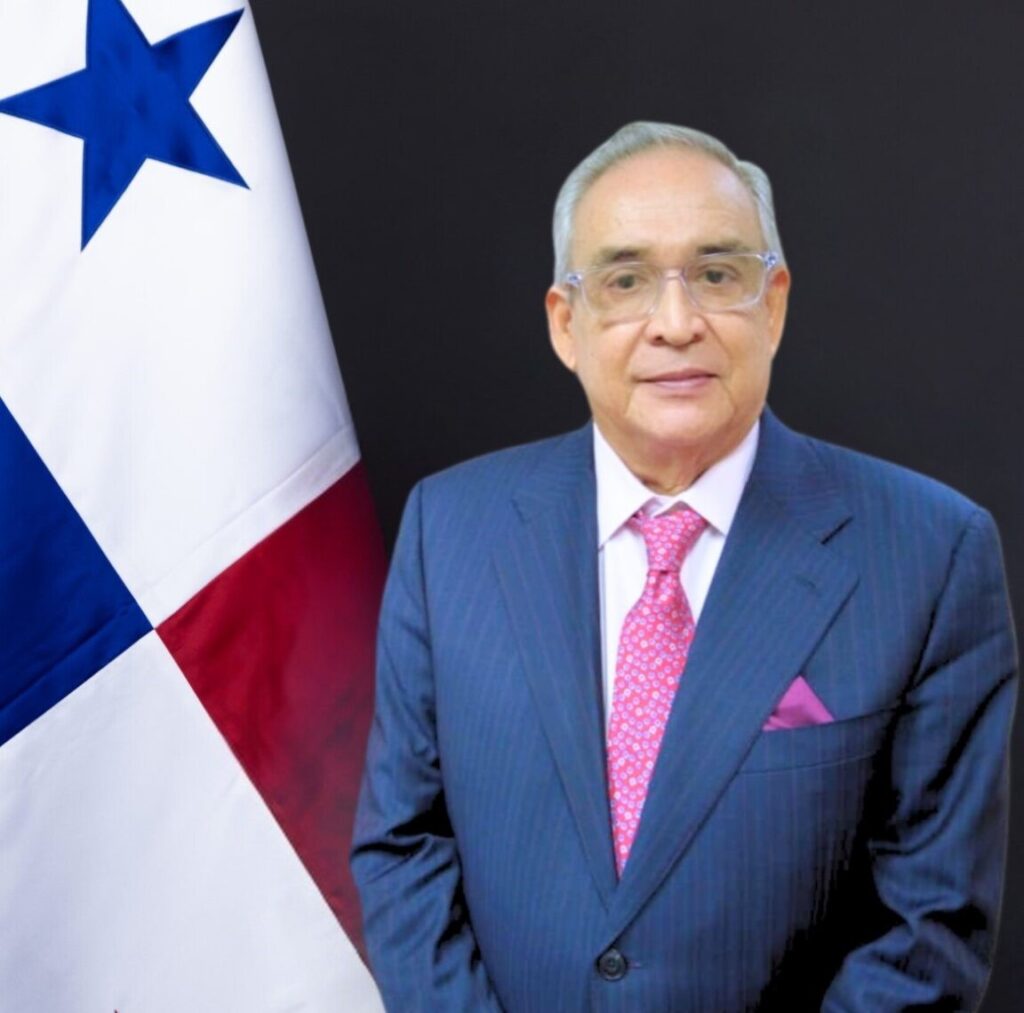In an exclusive interview with PV -MagazinePanamanian energy secretary Juan Manuel Urriola said that the government will open the electricity market for private investments and revise regulations to make energy storage possible. Urriola also emphasized the importance of long -term planning and transparent bidding to attract developers.
Panama has no specific goals for installed PV capacity, said Panamanian energy secretary Juan Manuel Urriola.
“Our energy goals are extensive and intended to meet demand in a safe, reliable and competitive way,” he said PV Magazine and noted that the country strives for at least 20% of national consumption to come from renewable sources such as solar and wind in 2030. The goal rises to a 70% share of renewed in the electricity mix by 2050.
Urriola said that the National Energy Secretariat supports private investments in new solar parks through legal instruments and tax benefits. He pointed to the law 45 of 2004, which exempt rates for solar equipment and offer income tax benefits, and law 37 of 2013, amended in 2023, which means that accelerated depreciation and tax credits of up to 5% of the investment value are possible.
“We respect the contractual freedom that exists with investors who come to Panama through tenders, contracts or concessions,” he said. “The rules of the game must be clear to them and with certainty that there is a constitutional state.”
The secretary said Panama intends to promote distributed PV systems, especially in national or remote areas.
“These projects are part of the national electrification plan and include individual solutions and minigrides to expand the access to energy consumption in isolated communities,” he said.
He added that the solar generation has grown steadily in recent years. The planning for grid expansion is handled by the Electric Transmission Company (Etesa), which annually assesses the plan to ensure that the capacity of a new generation is effectively integrated.
Panama prepares new tenders in the short and long term for capacity and energy supply. Studies are going on to determine the reserved quota for solar energy in future auctions.
“The predictability in the tender calendar responds to the requirements of investors and distribution companies,” Urriola said. About energy storage he said that it will not be mandatory in auctions, but can be admitted if it is technically and economically viable. “Storage will help improve the quality of the services and offer complementary services in the transmission and distribution network.”
Urriola also noted that minigrides in isolated regions currently combine solar, thermal generation and batteries to deliver sustainable energy to communities without access to the grid.
He said that the regulatory framework of Panama makes renewable projects possible to connect and work without major barriers. He emphasized the need for transparency and accountability.
“Improvements in the sector must be financed by means of long -term investments,” he said, adding that Panama is looking for international cooperation to expand the access to energy consumption in remote areas through individual tanning systems and minigrides.
Panama implemented 143.4 MW new solar sun in 2024 and increased the total installed PV capacity to 695.55 MW at the end of the year.
Totally installed capacity in Panama reached 5,045.09 MW in 2024, including 2,165.97 MW of thermal capacity (42.93%), 1,847.57 MW of the hydropower (36.62%), 336 MW of De Wind (6.66%) and the newly added PV capacity.
This content is protected by copyright and may not be reused. If you want to work with us and reuse part of our content, please contact: editors@pv-magazine.com.

